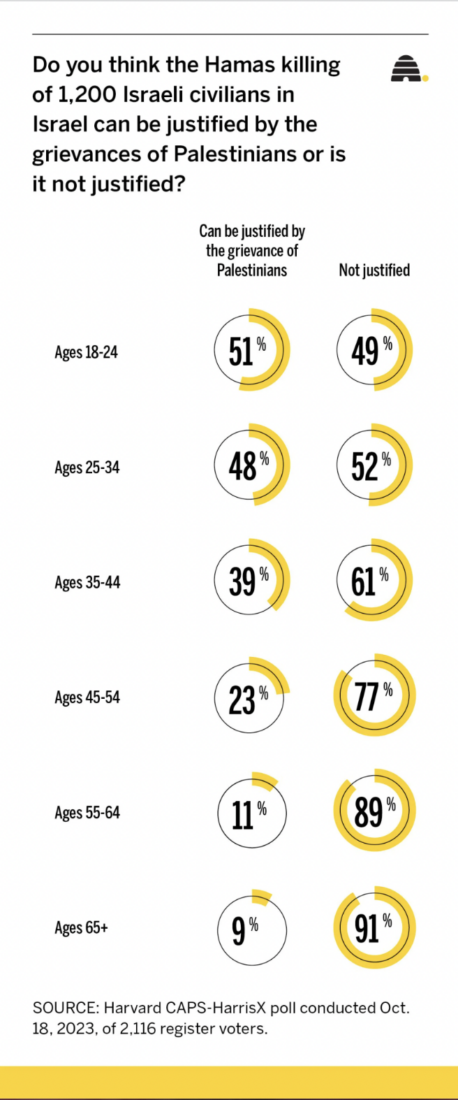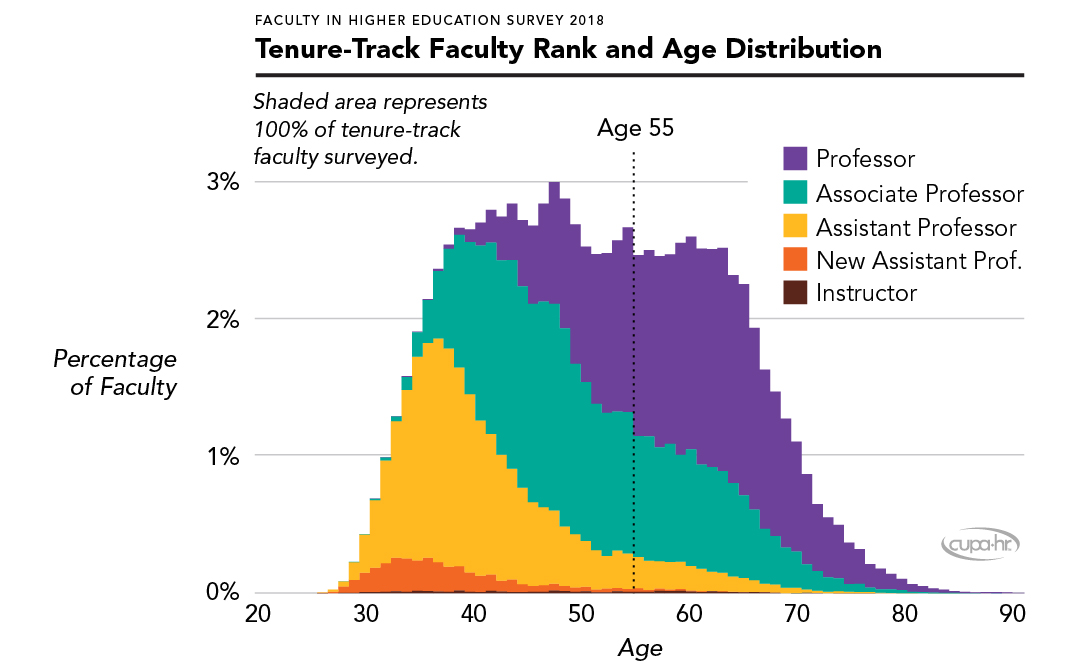The last few months, I have started my days, as usual, with a morning paper “partitioned” in a way that my wife gets the first page and I get the rest. The other day, shortly after we started reading, I heard her voice announce that the “world is a mess!” The moment that I got to the first page, I repeated her “diagnosis.” With our background, this “diagnosis” is focused on the US, Israel, and academic institutions. The global focus is centered on the war between Hamas and Israel that started on October 7th, with the Hamas attack on neighboring Israeli settlements that resulted in the murder of 1,200 Israelis and the capture of more than 200 hostages. It was followed by a major retaliation by Israel that then expanded to other fronts. The American focus over this period was still centered on one person: ex-president Trump and his prospects of getting reelected in 2024. While the Trump prospects didn’t seem to penetrate American university campuses, the Israel-Hamas war did. In various ways, the penetration was widespread, including in my own campus. I started to address the impact of the Israel-Hamas war a few weeks ago (December 5th) in a blog titled “My Full-Scale Global Focus,” which was more focused on my students than on me. I pointed out the observation that the conflict has managed to raise a strong reaction on university campuses in spite of the fact that Gaza and Israel are about 6,000 miles (more than 9,000 km) removed from the US, while other threats (global climate change or the prospect that President Trump will return to office) will have major, direct impacts on life in the US and globally.
I have to address this important issue.

Figure 1 – Demographics of support in the US for sides in the Israel-Hamas war
(Source: Deseret)
Figure 1 shows the demographic composition of attitudes about the war, by age. In this case, the two groups that are key to university campuses in the US are the students, the majority of whom belong to Generation Z (ages 18 – 24), and the faculty. Figure 2 illustrates the demographic composition of tenure-track faculty in US universities, by age.

Figure 2 – Age distribution of tenure-track faculty in the US
(Source: CUPA HR – College and University Professional Association for Human Resources)
Put the median age of the tenure-track faculty into Figure 1, and you will get the approximate response of university campuses to the Israel-Hamas war. The inescapable questions are: Why does everybody care so much? and why is there such an extreme polarization between responses of the younger and older populations? In other words, I am looking for explanations for Figure 1. I am familiar with the history and hiring systems of higher education that account for the data in Figure 2; I am completely ignorant about how to account for Figure 1. Again, my main curiosity has to do with the more basic question – why do they all care?!
One possible explanation is the natural tendency for the young to support the underdog. My cousin, who lives in France, and whose father survived the Holocaust in a similar setting to me and my mother, is now retired and spending significant time helping Palestinians in France. She cited this underdog sympathy as her reason and stated that her Jewish identity and her status as a daughter of a Holocaust survivor give her a special responsibility to help the underdogs in this conflict with the relatively powerful Jewish state.
Since the massacre on October 7th started this conflict, and the leadership of Hamas was well aware of the balance of power and the nature of the response that would follow, it doesn’t help me understand the polarization between the young and the old shown in Figure 1.
Let me try to be a bit more specific and list some of the chanting that one can hear in pro-Palestinian demonstrations (with my background, it shouldn’t be a surprise to find that I am strongly biased on this issue). I will cite here the article published by the Anti-Defamation League (a Jewish organization):
1. If you hear people chanting “From the river to the sea, Palestine will be free…” here’s what it means:
This is a cry for Israel to not exist. It is calling for a Palestinian state that extends from the Jordan River to the Mediterranean Sea – effectively erasing and destroying the entire Jewish state.
2. If you hear people calling for “resistance by any means necessary,” here’s what is being said:
This is support for terrorism. Saying “by any means necessary,” especially after October 7, indicates support, justification, and championing of violence and murder of civilians as a form of so-called resistance. Hamas’ “means” have included brutal torture and kidnapping of innocents, including babies and the elderly.
3. If you see a flyer related to Hamas’ war on Israel that features an image of a paraglider, here’s what that represents:
It’s glorifying the terrorists who used paragliders to infiltrate Israel on October 7, 2023 to massacre, kidnap, mutilate and brutalize thousands of people. There is no other meaning of these images.
4. If you hear people chanting “Globalize the intifada!” here’s what it means:
The chant is a reference to violent Palestinian uprisings against Israel, specifically acts of terrorism and indiscriminate violence against civilians by terrorist groups, including suicide bombings in buses and restaurants. This slogan has been chanted at anti-Israel rallies for years. Jews and Israelis hear this slogan as a call for indiscriminate violence against Israel, and potentially against Jews and Jewish institutions worldwide.
The “here’s what it means” sections are obviously also biased. If you were to ask a pro-Palestinian demonstrator to explain the same phrases, you would get very different answers.
Some of the demonstrations went well beyond these chants. One news story gave the numbers of those who supported various responses to the conflict and the future of the Israelis and Palestinians:
Following a pattern throughout the questions on Hamas and the Middle East, respondents 25-34 were the only ones close to Gen Z, with 31 percent favoring the end of Israel, 49 percent a two-state solution and 20 percent having Arab nations deal with the issue.
When respondents over 65 gave their answers, only 4 percent would abolish Israel, 71 percent support two states and 25 percent supported letting Arab states house the Palestinians. Overall, only 19 percent of those responding favored an end to Israel, 60 percent called for two states, and 21 percent felt Arab states should take in the Palestinians.
What hit a bit closer to home for me was the attention that university campuses got with the testimony by the presidents of three elite universities in front of the US Congress, based on accusations that they did not take steps to prevent antisemitic escalations on their campuses.
Below is an excerpt from the NYT about it:
The tentative, lawyerly answers given last week by three university presidents at a House committee hearing investigating the state of antisemitism on America’s college campuses have generated widespread revulsion across the partisan divide. When none of the presidents — representing Harvard, the Massachusetts Institute of Technology and the University of Pennsylvania — could muster a straightforward reply to the question from Representative Elise Stefanik, Republican of New York, about whether “calling for the genocide of Jews” amounted to “bullying or harassment,” many prominent Democrats joined Republicans in denouncing the testimony.
The genocide accusation against Israel went beyond the questioning of representative Stefanik and the conditional responses by the three university presidents:
A week into Israel’s war on Gaza, 800 eminent scholars and practitioners of law sounded the alarm about an imminent genocide in the territory. What made this warning both powerful and chilling was that so many legal experts came to this sombre conclusion together. It is not a claim that can be made easily.
Since that letter was released, the situation in Gaza has only gotten worse. The death toll has passed 11,000, while some 2,650 individuals, including approximately 1,400 children, are reported missing, potentially trapped or deceased beneath the rubble. Tens of thousands of wounded are overwhelming struggling medical facilities. The humanitarian situation has reached horrific levels, compounded by the lack of food, water, fuel and electricity.
In a blog seven years ago (December 27, 2016), I described the original coining of the term “genocide.” I will cite here the full relevant paragraph, emphasizing the definition of the term:
Richard’s request forced me to take another look at my claim that by the end of this century the impact of climate change would amount to “self-inflicted genocide.” I decided to see whether such an association didn’t need some narrowing. Reading Philippe Sands’ new book, East West Street: On the Origins of Genocide and Crimes Against Humanity helped me with this reassessment. The word “genocide” was coined by Raphael Lemkin and used in the 3rd indictment of the Nuremberg Trials. The definition used in the trial was: “Extermination of racial and religious groups, against the civilian populations of certain occupied territories in order to destroy particular races and classes of people and national, racial, or religious groups, particular Jews, Poles, Gypsies and others.” From Sands’ book I also learned that Lemkin’s best friend in Poland was my great uncle. I suddenly started to feel even more personal pressure to specify my use of the term in a context that I am almost sure Lemkin would not have agreed with.
Part of the sentence in the definition fits the Israel-Hamas situation with one word changing (extermination to killing). The driving force (“in order to destroy particular races and classes of people and national, racial, or religious groups, particular Jews, Poles, Gypsies and others.”), however, is completely off-base. How many people believe that Generation Z is familiar with this history?
I hope you have a happy New Year!
